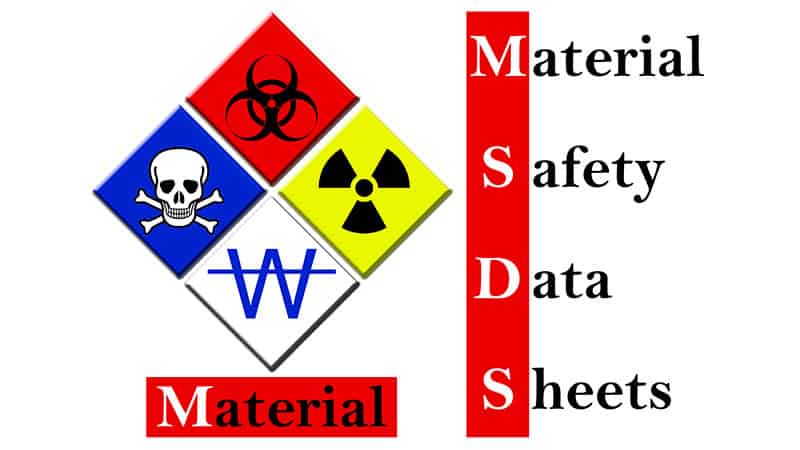
Laboratory Waste Disposal Procedure at a GMP Site
- Published on: Oct 27, 2017
Purpose :
This Operator Instruction outlines the steps required for disposal of laboratory waste and guidelines for maintaining the laboratory waste disposal at an acceptable level of GMP/GLP.
Scope :
This Operator Instruction covers the Quality Control Laboratory.
Sorting of waste :
Collection of all waste in the laboratory Environmental concern Maintenance of laboratory waste at a minimum Making new waste labels for the chemical waste containers Efficient disposal of laboratory waste at high level of GMP/GLP is an important and fundamental requirement to ensure the safety of laboratory analysts and protection of the environment.
It is the responsibility of all colleagues intending to dispose of waste to ensure that the following precautions and procedures are complied with. It is important to properly segregate laboratory waste because different types of wastes have different treatment standards. Generators of waste need to follow strict EPA regulations, Corporate Policy, as well as the guidelines set forth by inpidual transporters and treatment, storage, and disposal facilities.
Responsibility :
All personnel shall act in accordance with this procedure and also ensure that their visitors and contractors do the same.Managers and Team Leaders shall ensure that all personnel are trained, understand and comply with this procedure.
Authority:
The area Manager is authorized to check and approve any proposed changes to this procedure.
Procedure :
Material Required List :
Waste disposal containers
Waste container trolley
Key to the destruct cage
PPE (Gloves, labcoat, safety glasses, safety shoes, etc)
Waste container labels
Zeofresh spill kit and absorbent mats
Solid Waste Disposa l:
Paper, plastic, glass, finished goods, etc are to be segregated into the appropriate coloured waste disposal bins. Recyclable waste must be free of any chemical contaminants or residues.
Chemical Waste Disposal :
All chemical waste should be categorised before disposal. Specific disposal methods are discussed in the following Sections.
In general, waste material should be classified according to the main hazardous constituent of the waste material and will be in accordance with the local Dangerous Goods Code. However, in some situations the waste material should be classified according to its main hazard, for example, organic mercury waste should be disposed of with other mercury wastes.
The hazardous nature of a waste material should be determined by consulting Material Safety Data Sheets (MSDS), manufacturer/supplier information and/or other laboratory reference material (see Laboratory Manager for details).
The following generic (N.O.S – Not Otherwise Specified) waste categories are applicable:
Flammable Liquid, Toxic, N.O.S. (Non-Halogenated Organic Waste)
Toxic Liquid, Organic and Inorganic, N.O.S. (Halogenated and Heavy metals Waste)
Corrosive Liquid, Acidic, N.O.S. (Acids)
Corrosive Liquid, Basic, N.O.S. (Bases)
Mercury Compounds, Liquid, N.O.S. (Mercury Compounds)
Oxidising Liquid, N.O.S (Oxidisers) Details on each of these categories are provided in the following sections.
Flammable Liquid, Toxic, N.O.S.:
All liquid chemical wastes containing non-halogenated organic liquids should be included in this waste.
Although the final waste material is not expected to be flammable or acutely toxic it will, however, typically contain significant amounts of organic solvents that are flammable (e.g. acetonitrile) or toxic (e.g. methanol) in their pure state. Therefore, as a precaution and to comply with the Australian Dangerous Goods Code, this waste category will be classified and labelled as flammable with a subsidiary risk of toxic.
Small quantities (<1L) of water miscible organic solvents (e.g. ethanol used for glassware cleaning) may also be included in this waste category, however, it is also acceptable to flush these down the sink with a large quantity of water.
Labelling :
Class: 3 (Flammable)
Subsidiary Risk: 6.1 (Toxic)
UN Number: 1992
Hazchem Code: 3WE
Packaging Group: II
Storage :
QC Laboratory Flammable store
Examples :
All HPLC waste containing organic solvents, Organic solvents (e.g. acetonitrile, methanol, ethanol, acetone)
Toxic Liquid, Organic and Inorganic , N.O.S.:
All liquid chemical wastes containing halogenated organic liquids, concentrated aqueous solutions (>2M) of halogenated compounds, and large quantities (>2L) of dilute aqueous solutions of halogenated compounds should be included in this waste category.
Arsenic, Barium, Boron, Cadmium, Copper, Lead, Manganese, Nickel, Selenium, and Silver are all regulated toxic metals that require special precautions for disposal, concentrated solutions (>2M) and large quantities (>2L) of dilute aqueous solutions of these metals should be included in this category.
Small quantities of dilute solutions may also be included in this waste category, however, it is also acceptable to flush these down the sink with a large quantity of water (at least 10 times the waste volume in water should be used).
Labelling :
Class: 6.1 (Toxic)
Subsidiary Risk: Nil
UN Number: 2810
Hazchem Code: 2X
Packaging Group: II
Storage :
QC Laboratory Toxic cabinet
Examples :
Halogenated compounds, Halogenated organic liquids (e.g. chloroform, dichloromethane), Iodine and bromine solutions (including Hydranal waste),Lead and Arsenic standard solutions
Precautions :
Note that some halogenated compounds (particularly fluoro compounds) should be protected from moisture as hazardous decomposition products may form (eg Hydrofluoric Acid). Check labels and MSDS’s to make sure of the reactive nature of the waste (eg protect from moisture) prior to disposal. Consult EHS for advice if in doubt.
Corrosive Liquid, Acidic, N.O.S.:
In general corrosive substances (pH less than 6.0 or higher than 9.0) are specified as prohibited discharges to plant sewer systems. Such waste has the potential to interfere with the operation of either in-house or offsite treatment facilities or that could have the potential to adversely impact surface waters or public health and safety.
Therefore concentrated acids (>4M) should be included in this waste category. All concentrated acids must be diluted with a large quantity of water before addition to the waste mixture.
Dilute acids may also be included in this waste category, however, it is also acceptable to flush these down the sink with a large quantity of water.
Labelling :
Class: 8 (Corrosive)
Subsidiary Risk: Nil
UN Number: 3264/3265
Hazchem Code: 2X
Packaging Group: II
Storage :
QC Laboratory Acid corrosive cabinet
Examples :
Inorganic acids (e.g. perchloric, sulphuric, hydrochloric, nitric)Organic acids (e.g. acetic, formic)
Precautions :
All concentrated acids must be diluted with water prior to disposal. Do not add water to the acid. Instead, add the acid waste to water and then dispose.
Corrosive Liquid, Basic, N.O.S.:
In general corrosive substances (pH less than 6.0 or higher than 9.0) are specified as prohibited discharges to plant sewer systems. Such waste has the potential to interfere with the operation of either in-house or offsite treatment facilities or that could have the potential to adversely impact surface waters or public health and safety.
Therefore concentrated bases (>4M) should be included in this waste category. All concentrated bases must be diluted with a large quantity of water before addition to the waste mixture.
Dilute bases may also be included in this waste category, however, it is also acceptable to flush these down the sink with a large quantity of water.
Labelling :
Class: 8 (Corrosive)
Subsidiary Risk: Nil
UN Number: 3266
Hazchem Code: 2X
Packaging Group: II
Storage :
QC Laboratory Alkali corrosive cabinet
Examples :
Sodium hydroxide, Potassium hydroxide
Mercury Compounds, Liquid N.O.S.:
Mercury/mercury compounds should be kept separate from any other liquid waste whenever possible. The main reason for this is a safety concern, but it also facilitates the reuse or recycling of the material. The toxicity of mercury is such that the element and its compounds should not be allowed to contaminate air or water. Mercury compounds are bio-accumulative.
Labelling :
Class: 6.1 (Toxic)
Subsidiary Risk: Nil
UN Number: 2024
Hazchem Code: 2X
Packaging Group: II
Storage :
QC Laboratory toxic cabinet
Examples :
Mercury and mercury compounds, Solutions containing mercury oxide, mercury acetate, etc.
Ethers, N.O.S.:
Very volatile, hygroscopic, colourless liquids, with characteristic odour. It is not an appropriate practice to use hoods in fume cupboards to intentionally evaporate significant quantities of chemicals such as ethers. The laboratory fume cupboards do not have adequate air pollution control equipment. Ether vapours contribute to photochemical smog and air pollution.
Labelling :
Class: 3 (Flammable)
Subsidiary Risk: Nil
UN Number: 3271
Hazchem Code: 3YE
Packaging Group: Ii
Storage :
QC Laboratory flammable store
Examples :
Diethyl ether, Tetrahydrofuran Precautions
Ether waste should not be stored in any container greater than 2 litres to ensure its safe handling. Containers must be tightly closed and kept in a cool, well-ventilated area away from heat and sunlight. Ethers can form explosive peroxides under the influence of light and air.
Ether waste should be handled with the same care and regard as pure diethyl ether reagent.
New containers shall be dated upon filling commencement. If after one month any ether waste container has not been filled it will be necessary to dispose of that lot and introduce a new empty container.
Prior to moving the ether waste container check to see if any crystals are visible in the chemical solution or if crystals are on or in the container. Closely examine the container near the cap for the presence of crystals. Some peroxide crystals in solution have a very fine, spun glass-wool appearance. If peroxides are detected do not open the container and notify the Environmental Manager who will arrange for our chemical waste contractors to remove the waste.
Storage :
Chemical waste must be stored in an appropriate manner so as not to create a hazard to colleagues, visitors and/or property of the Company.
The liquid chemical wastes in QC are stored in the flammable solvent room in the fume cupboard area, the acid & alkali corrosive cabinets & toxic cabinets as specified in section above. These areas do not allow for spills, fires etc so it is important to keep the different categories well separated.
All liquid chemical wastes are to be stored in 5 litre white HDPE plastic containers commonly referred to as carboys) except ether and mercury wastes (use 2 litre containers instead). Such containers are approved for the transport of Dangerous Goods.
All the waste containers should be tightly closed, free from leaks, and clearly and permanently labelled.
At the time of usage the waste containers should be opened in the fume cupboard.
Liquid waste containers should only be filled to 80-90% capacity to allow for vapour expansion and to minimise the potential for spills occurring from overfilled containers.
Frequency of Disposal:
Chemical waste must not be accumulated for disposal. Regular disposal must be arranged.
Laboratory waste should be disposed of at least once a week from the laboratories or as required. The waste must be taken to the designated area in the waste depot.
Daily inspections of the waste depot will indicate the need for collection and disposal offsite by an approved chemical waste contractor.
Work Instruction:
Wear all necessary personal protective equipment (PPE) e.g. gloves, safety shoes, labcoat and safety glasses. Respirators may be required for wastes evolving toxic vapours.
Collect all wastes and sort according to their recognised characteristics prior to disposal into the appropriate waste container (refer to MSDS, reagent bottle labels, laboratory manuals, etc to facilitate segregation). Identification shall be based on waste category, waste type, UN No., Class, and Hazchem Code.
Prepare the waste for disposal by storing it in an appropriate container. The container must be of sound and leak-tight condition and be appropriate to the type of waste to be disposed. No harmful quantity of chemical waste shall adhere to the outside of the container.
Chemical waste must not be mixed with other chemical wastes for the purpose of accumulation unless the waste is of the same type. If in doubt, do not mix chemical wastes as unexpected reactions may occur. It is the waste generator’s responsibility to ensure that incompatible chemicals are not stored in the same container.
Each container shall be labelled with a waste category label as well as an orange reject label, as below
Fill in the reject label as follows; product name = WASTE, date = as appropriate, N/A all other sections.
Stick the labels on all the containers and ensure that all containers are properly sealed/secured.
Obtain the trolley specifically designated for the transport of waste containers. The trolley should have rails along all sides to prevent containers falling off. Lock the wheels before loading the waste containers. The maximum number of containers allowed to be loaded on the trolley is 24 x 5 litres.
Care should be taken while transporting the waste containers to the trolley and moving it to the lift area. Spill kits and appropriately trained colleagues must accompany wastes. Wastes must never be left unattended.
Notify EH&S that waste needs to be disposed of so can they can accompany to the waste areas with keys etc.
Use the lift in HVSD area to level 1
Carefully transport the waste containers to the reject cage.
Remove the waste containers from the trolley and leave them in the dangerous goods storage cabinets in the reject cage. Wherever possible, keep non-compatible wastes apart from each other in the cabinets. Flammable wastes are to be stored in the segregated depot.
Contact EH&S for advice on the arrangements for collection by an approved Waste Collection agent. The Waste Management colleagues will monitor the accumulation of waste containers and coordinate the collection process.
Making new labels for the empty waste containers:
Select the file(s) applicable to the waste type(s) that requires labeling. NB Each waste category defined in Section above has its own unique label.
Obtain the required number of blank white self-adhesive vinyl labels.
Print off the required number of labels using a colour laser printer, (if a colour laser printer is not used the Dangerous Good labels must also be applied to the printed label, eg. Flammable, toxic).
Peel off the backing and carefully place the labels onto the containers. Ensure the labels are firmly attached.
Any unused extra labels should be stored in the flammable storage area.
Flammable Liquid, Toxic, N.O.S. (Non-Halogenated Organic Waste):
Organic based chemical waste is treated via thermal destruction. Organic chemical wastes are blended into a useable fuel source. The incinerators operate at extremely high temperatures with long retention periods ensuring the most complex organic compounds are destroyed. Typically the flame temperature is above 2000°C with gas residence times over five seconds at 1000°C. Waste gases given off are passed through a secondary burner (after burner) to ensure total breakdown. The gas is then passed through a separate scrubber where the emissions are neutralised in accordance with EPA standards.
Toxic Liquid, Organic, N.O.S. (Halogenated Waste):
Halogenated wastes are biologically treated to strip the halogens from the waste solvent. A filter press separates an inert salt slurry for security landfill burial from the liquid component. The high percentage yield of organic liquid and aqueous waste is fractionated by distilling to produce a clean hydrocarbon solvent which is used to fuel plant reactors such as heat exchange columns. The aqueous waste with little calorific value is transferred and utilised in the acidification plant.
Toxic Liquid, Inorganic, N.O.S. (Heavy Metals):
Concentrated heavy metal wastes are recycled where possible. Otherwise they are treated via solids fixation whereby the waste is encapsulated and then buried in security landfill. Low level heavy metal solutions are treated in the liquid waste treatment plant.
Corrosive Liquid, Acidic, N.O.S. (Acids):
Acidic wastes are utilised in the management of other wastes at the treatment plant by neutralising appropriate alkalis and acid dosing particular treatment operations (such as breaking down oily emulsions in Dissolved Air Flotation reactors).
Corrosive Liquid, Basic, N.O.S. (Bases):
Basic wastes are utilised in the management of other wastes at the treatment plant by neutralising appropriate acids and alkali dosing particular treatment operations.
Mercury Compounds, Liquid, N.O.S. (Mercury Compounds):
Mercury is recovered wherever possible from the waste. Otherwise it is encapsulated in a concrete matrix and then buried at a secure landfill.
Ethers, N.O.S. (Ether Waste):
Ether waste is treated at an approved liquid waste treatment facility.
Definitions:
MSDS : Material safety data sheet
N.O.S : Not otherwise specified
UN Number : United Nations Number


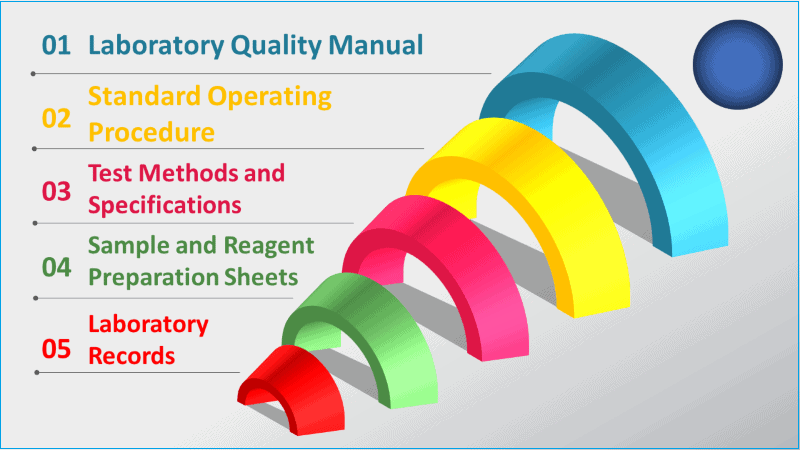
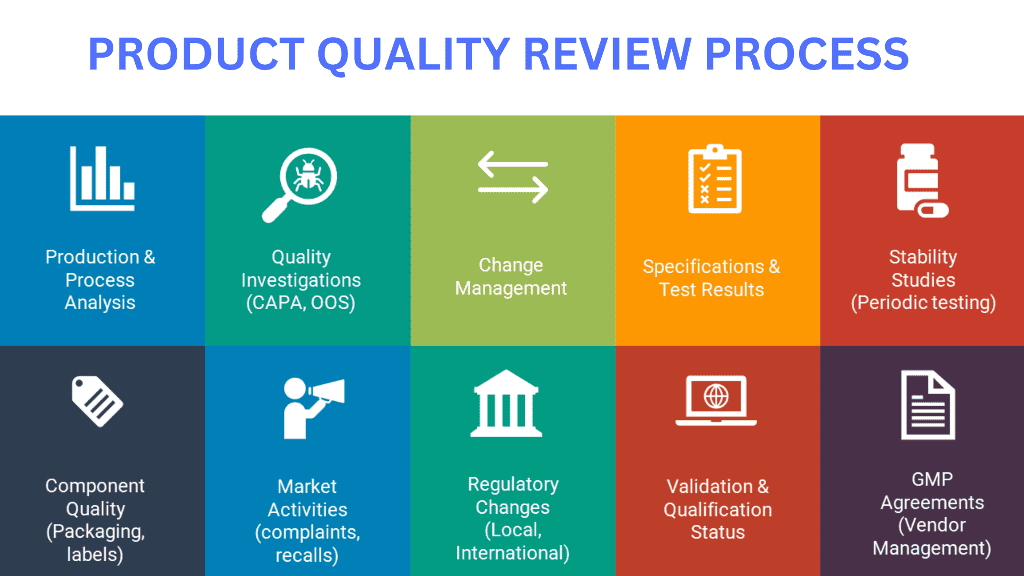
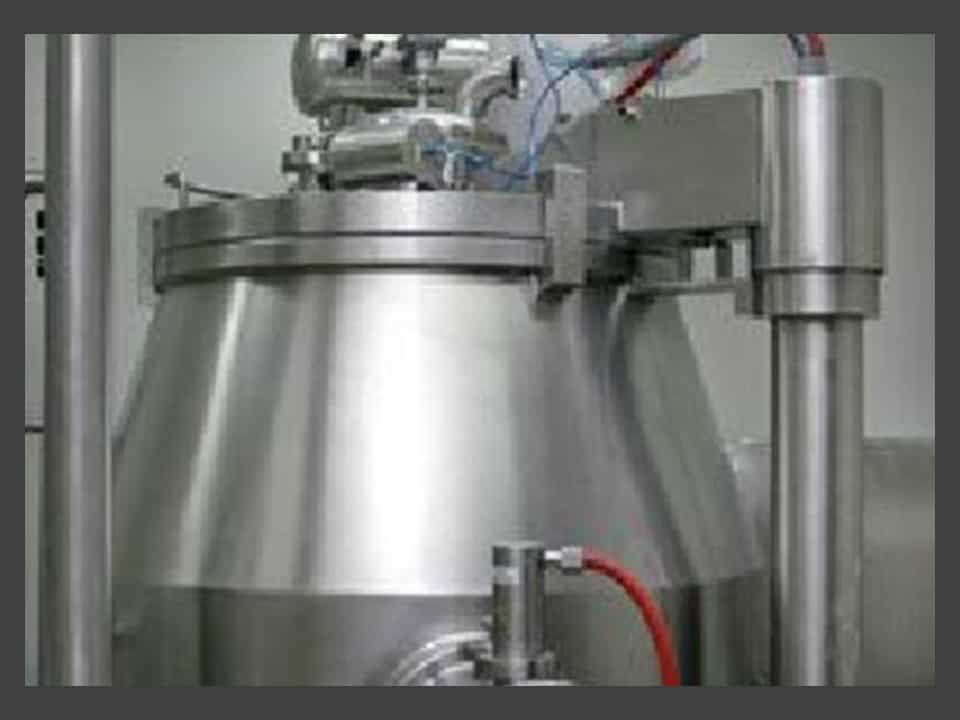
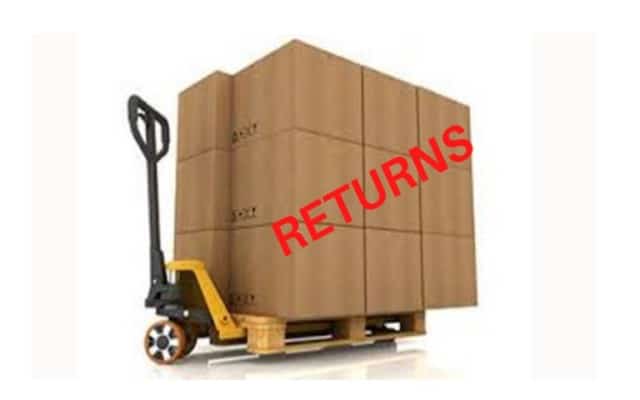
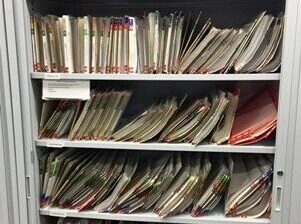
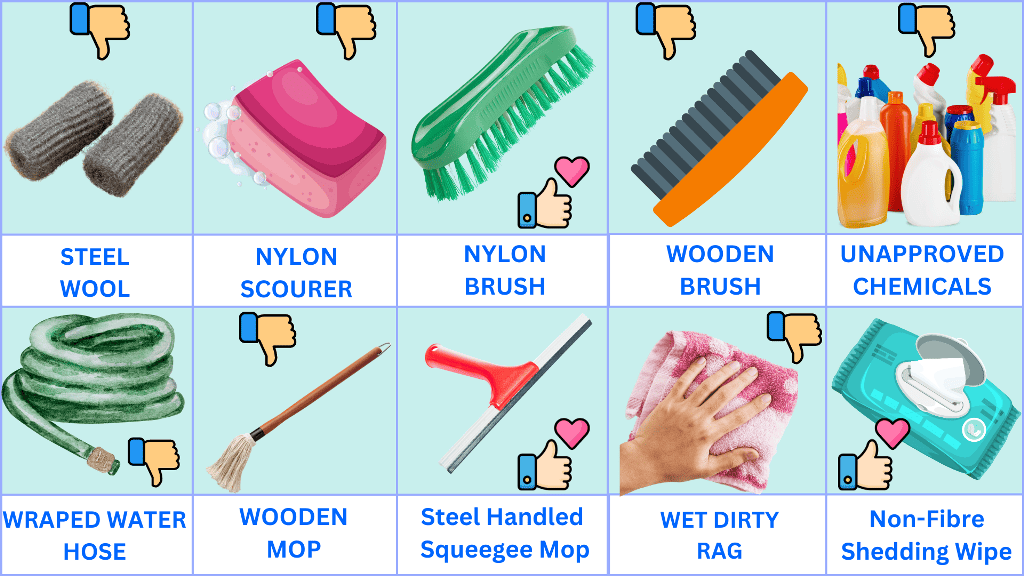
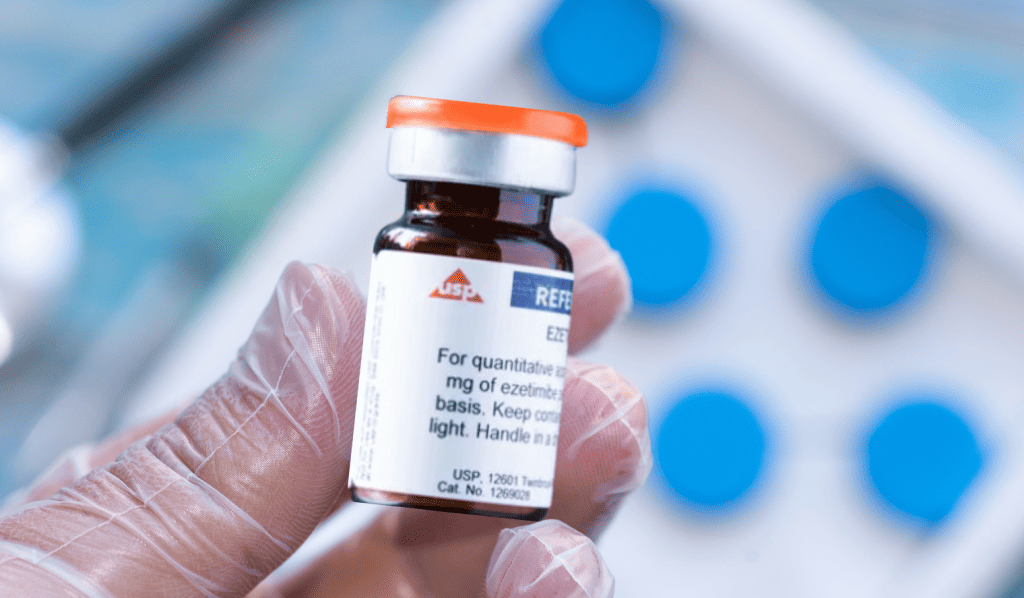

Thanks for the information provided! I can’t express how much I appreciate the effort put into creating this resource. Truly exceptional.